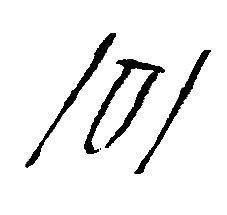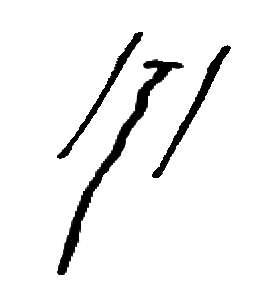From William Henry Harvey 3 February 1863
Trin. Coll. Dublin
Feb. 3. 1863
Dear Darwin
I am right glad to find you have got so capital a worker on Cape Orchids,1 which I have been longing to have investigated on the spot, from yr point of view.2 The Ophrydeæ there are almost endless in extraordinary modifications of parts & well worth study. The two now sent are comparitively simple in modifications. Both are of the large genus Disa, & I feel confidente in calling them (Pl. V.) D. barbata & (Pl. VI) D. cornuta, both common near Capetown.3
Tell Mr. Trimen to dry specimens of everything he draws, and to send the specimens with Nos corresponding to the drawing. Then if he finds any novelty, we shall make sure of it,—& we shall also be able to name his sketches without guess. Nectariferous back sepals are quite frequent among Cape Orchids—and correspondently depauperated labella. The labellum is often a mere little tongue
 —sometimes a mere thread
—sometimes a mere thread
 —and sometimes as as in Brownlia, nearly disappears altogether, & is adnate to the column.
—and sometimes as as in Brownlia, nearly disappears altogether, & is adnate to the column.
In Satyrium the two spurres affair is a true labellum—the sepals & petals small & crowded together at the front of flower—the opposite to Disa.
Yours truly | W. H. Harvey
CD annotations
Please cite as “DCP-LETT-3966F,” in Ɛpsilon: The Charles Darwin Collection accessed on